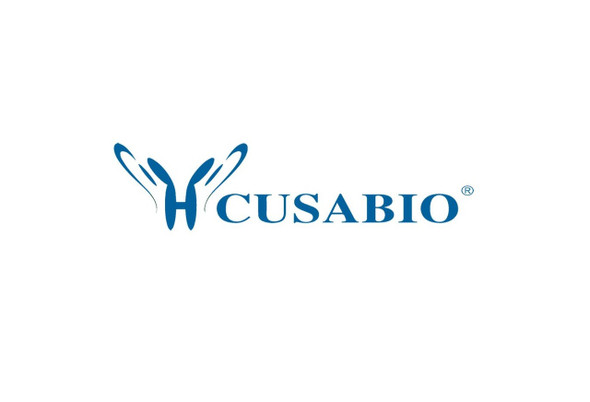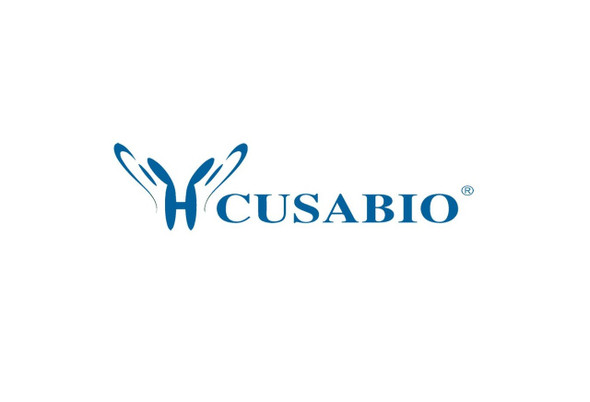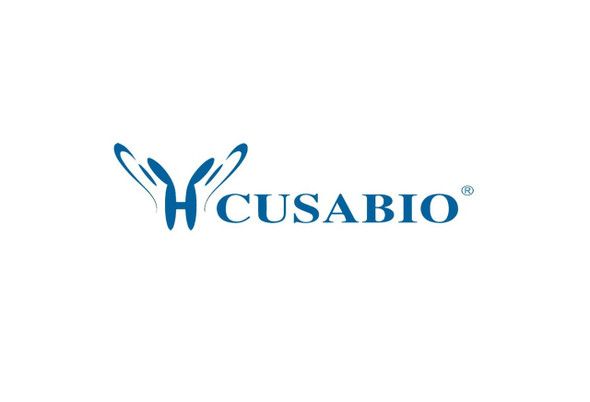Cusabio Virus & Bacteria Recombinants
Recombinant Candida glabrata Serine/threonine-protein kinase ATG1 (ATG1), partial | CSB-EP738902CZI
- SKU:
- CSB-EP738902CZI
- Availability:
- 13 - 23 Working Days
Description
Recombinant Candida glabrata Serine/threonine-protein kinase ATG1 (ATG1), partial | CSB-EP738902CZI | Cusabio
Alternative Name(s): Autophagy-related protein 1
Gene Names: ATG1
Research Areas: Others
Organism: Candida glabrata (strain ATCC 2001 / CBS 138 / JCM 3761 / NBRC 0622 / NRRL Y-65) (Yeast) (Torulopsis glabrata)
AA Sequence: YVVEKEIGKGSFATVYRGHVTTDPKSHIAVKAVARSKLKNKKLLENLEIEIAILKKIKHPHIVGLIDCERTTTDFYLVMDYCALGDLTFLIKKRKELENNHPLLQTVFNKYPPPSKEHNGLNRAFVVCYLQQLASALKFLRSKNLVHRDIKPQNLLLATPLTNYRDSKTFHELGYVGIYNLPILKIADFGFARFLPSTSLAETLCGSPLYMAPEILNYQKYNAKADLWSVGTVLFEMCCGVPPFTASNHLELFKKIKRAHDEINFPEVCEVEDGLKELICSLLTFDPAKRIGFEEFFNNKIV
Source: E.coli
Tag Info: N-terminal 6xHis-tagged
Expression Region: 11-312aa
Sequence Info: Partial
MW: 38.4 kDa
Purity: Greater than 90% as determined by SDS-PAGE.
Relevance: Serine/threonine protein kinase involved in the cytoplasm to vacuole transport (Cvt) and found to be essential in autophagy, where it is required for the formation of autophagosomes. Involved in the clearance of protein aggregates which cannot be efficiently cleared by the proteasome. Required for selective autophagic degradation of the nucleus (nucleophagy) as well as for mitophagy which contributes to regulate mitochondrial quantity and quality by eliminating the mitochondria to a basal level to fulfill cellular energy requirements and preventing excess ROS production. Also involved in endoplasmic reticulum-specific autophagic process, in selective removal of ER-associated degradation (ERAD) substrates. Plays a key role in ATG9 and ATG23 cycling through the pre-autophagosomal structure and is necessary to promote ATG18 binding to ATG9 through phosphorylation of ATG9.
Reference: "Genome evolution in yeasts."Dujon B., Sherman D., Fischer G., Durrens P., Casaregola S., Lafontaine I., de Montigny J., Marck C., Neuveglise C., Talla E., Goffard N., Frangeul L., Aigle M., Anthouard V., Babour A., Barbe V., Barnay S., Blanchin S. Souciet J.-L.Nature 430:35-44(2004)
Storage: The shelf life is related to many factors, storage state, buffer ingredients, storage temperature and the stability of the protein itself. Generally, the shelf life of liquid form is 6 months at -20?/-80?. The shelf life of lyophilized form is 12 months at -20?/-80?.
Notes: Repeated freezing and thawing is not recommended. Store working aliquots at 4? for up to one week.
Function: Serine/threonine protein kinase involved in the cytoplasm to vacuole transport (Cvt) and found to be essential in autophagy, where it is required for the formation of autophagosomes. Involved in the clearance of protein aggregates which cannot be efficiently cleared by the proteasome. Required for selective autophagic degradation of the nucleus (nucleophagy) as well as for mitophagy which contributes to regulate mitochondrial quantity and quality by eliminating the mitochondria to a basal level to fulfill cellular energy requirements and preventing excess ROS production. Also involved in endoplasmic reticulum-specific autophagic process, in selective removal of ER-associated degradation (ERAD) substrates. Plays a key role in ATG9 and ATG23 cycling through the pre-autophagosomal structure and is necessary to promote ATG18 binding to ATG9 through phosphorylation of ATG9.
Involvement in disease:
Subcellular Location: Cytoplasm, Preautophagosomal structure membrane, Peripheral membrane protein
Protein Families: Protein kinase superfamily, Ser/Thr protein kinase family, APG1/unc-51/ULK1 subfamily
Tissue Specificity:
Paythway:
Form: Liquid or Lyophilized powder
Buffer: If the delivery form is liquid, the default storage buffer is Tris/PBS-based buffer, 5%-50% glycerol. If the delivery form is lyophilized powder, the buffer before lyophilization is Tris/PBS-based buffer, 6% Trehalose, pH 8.0.
Reconstitution: We recommend that this vial be briefly centrifuged prior to opening to bring the contents to the bottom. Please reconstitute protein in deionized sterile water to a concentration of 0.1-1.0 mg/mL.We recommend to add 5-50% of glycerol (final concentration) and aliquot for long-term storage at -20?/-80?. Our default final concentration of glycerol is 50%. Customers could use it as reference.
Uniprot ID: Q6FL58
HGNC Database Link: N/A
UniGene Database Link: N/A
KEGG Database Link: KEGG
STRING Database Link: STRING
OMIM Database Link: N/A









